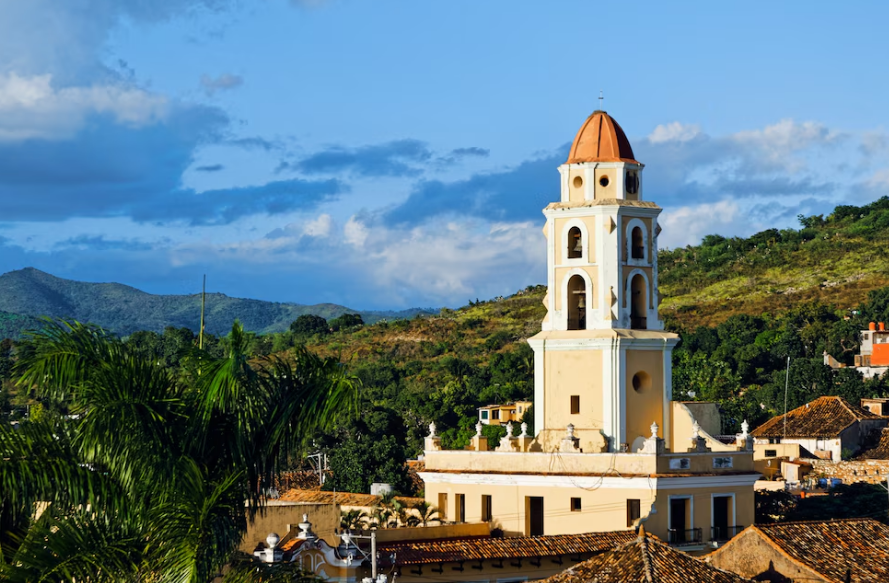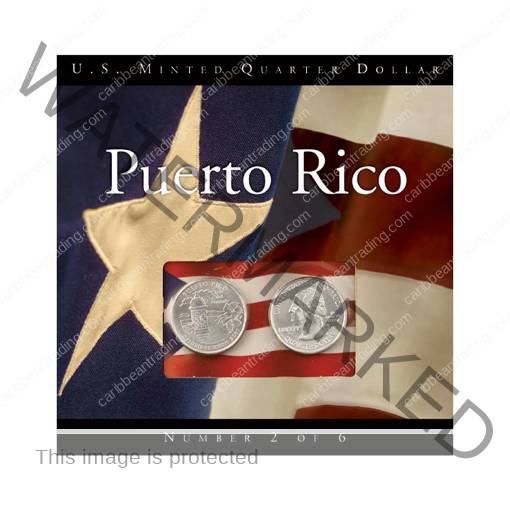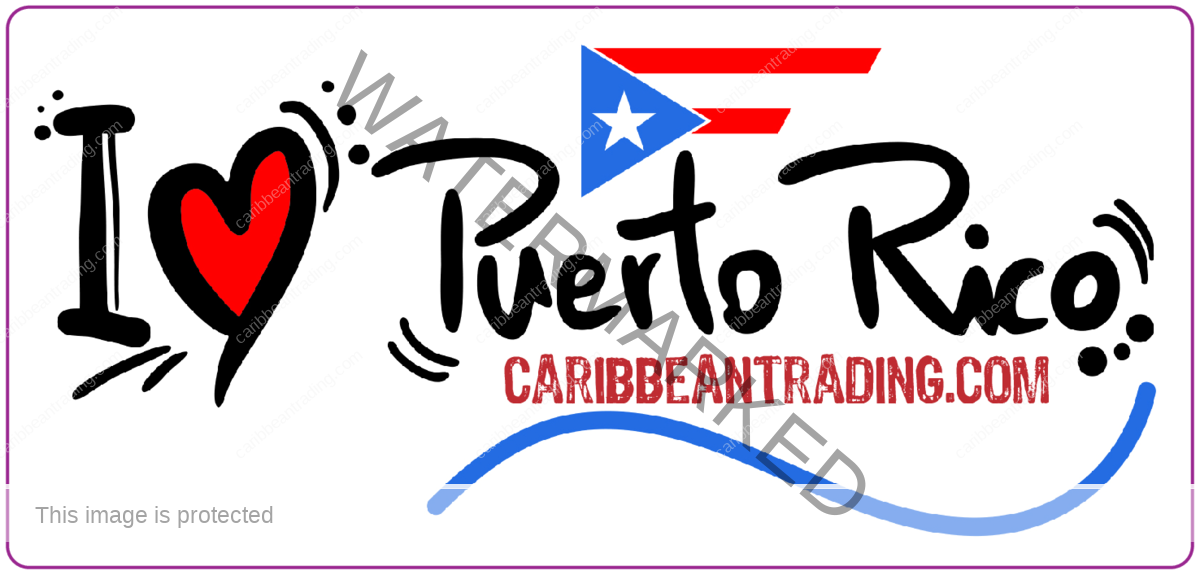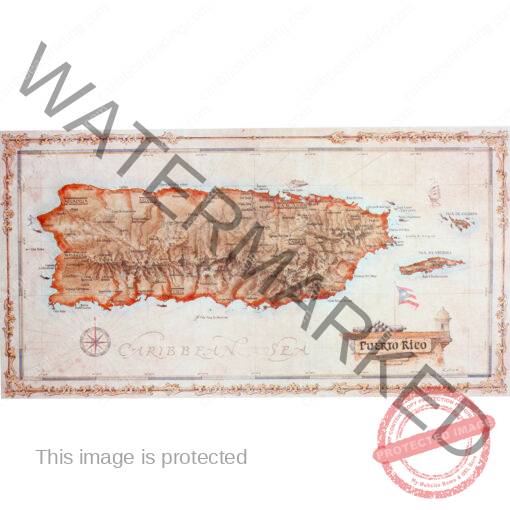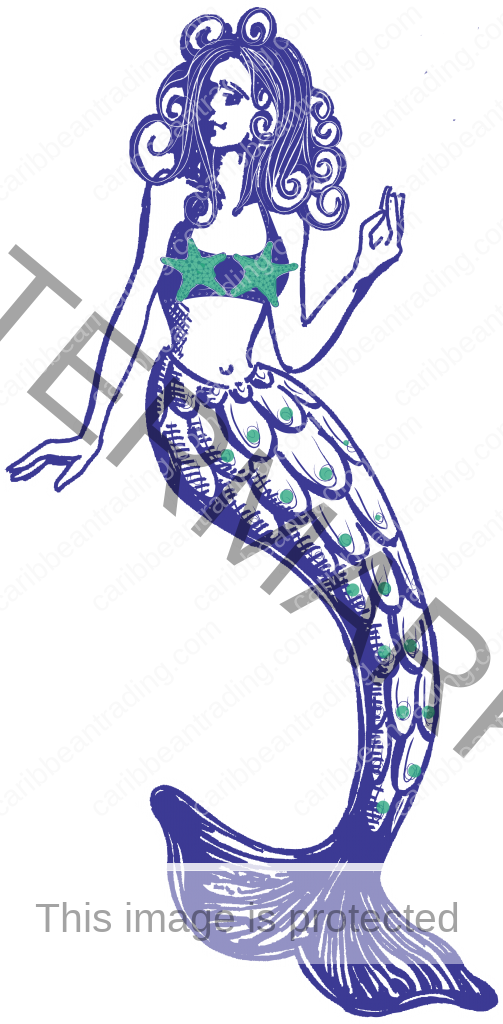Caribbean History
Historical Landmarks to Visit in the Caribbean
The Caribbean isn’t just famous for its beaches; beneath the surface lies a rich history shaped by colonization, revolutions, and cultural fusion. Each island in the region offers its own unique blend of historical landmarks that tell the stories of indigenous peoples, colonial powers, and the struggles for independence. Exploring these landmarks allows visitors to gain a deeper understanding of the Caribbean’s diverse past and its influence on the present. From ancient ruins to colonial forts, here are some of the most significant historical landmarks to visit in the Caribbean.
1. Morne Trois Pitons National Park – Dominica
Morne Trois Pitons National Park, a UNESCO World Heritage Site, is not only a testament to the island’s natural beauty but also its rich history. Named after the towering Morne Trois Pitons volcano, the park was once home to the Kalinago people, one of the Caribbean’s indigenous groups. The park is dotted with remnants of their settlements, providing insight into the lives of the island’s first inhabitants. In addition to its historical significance, the park offers breathtaking views of boiling lakes, volcanic peaks, and lush rainforests. Exploring the park allows visitors to connect with Dominica’s pre-colonial past while enjoying its stunning landscapes.
2. Brimstone Hill Fortress – St. Kitts and Nevis
Brimstone Hill Fortress, also a UNESCO World Heritage Site, stands as a monumental symbol of European colonial power in the Caribbean. Built by African slaves under British command in the 17th and 18th centuries, the fortress was strategically placed to defend the island from French attacks. Its imposing stone walls, which rise 800 feet above sea level, showcase the military engineering prowess of the time. Visitors to Brimstone Hill can walk through the well-preserved fortifications, exploring barracks, cannons, and officers’ quarters. The site also provides panoramic views of the Caribbean Sea and neighboring islands, making it a must-see for history enthusiasts.
3. San Juan National Historic Site – Puerto Rico
The San Juan National Historic Site, located in the capital of Puerto Rico, is a collection of forts, walls, and bastions that represent over 400 years of military history. The most famous structure within the site is El Morro, a fortress built by the Spanish in the 16th century to protect the island from invaders. Its towering walls and strategic placement at the entrance of San Juan Bay made it a key defense point during battles with the British, Dutch, and later, the Americans. Another significant structure is Castillo San Cristóbal, a massive fort that protected the landward side of the city. Walking through the historic site, visitors can experience firsthand the evolution of military architecture in the Caribbean and the pivotal role Puerto Rico played in colonial conflicts.
4. Citadelle Laferrière – Haiti
Perched atop a mountain in northern Haiti, the Citadelle Laferrière is the largest fortress in the Americas and a symbol of Haiti’s fight for independence. Built in the early 19th century by Haitian revolutionary leader Henri Christophe, the fortress was designed to protect the newly independent nation from potential French invasions. The Citadelle stands as a symbol of Haitian resilience and ingenuity, with its thick walls and strategic location making it virtually impenetrable. Visitors can explore the fortress’s massive stone structures, including its cannon-lined battlements, while learning about Haiti’s revolutionary history and its significance as the first Black republic in the world.
5. Nelson’s Dockyard – Antigua and Barbuda
Nelson’s Dockyard is a beautifully preserved Georgian naval base located in English Harbour, Antigua. Named after the famous British naval officer Admiral Horatio Nelson, who served in the Caribbean during the late 18th century, the dockyard played a vital role in protecting British interests in the region. Today, it is a UNESCO World Heritage Site and remains the only continuously working Georgian-era dockyard in the world. Visitors can stroll through the restored buildings, which now house museums, restaurants, and shops, while learning about Antigua’s colonial maritime history. The dockyard also serves as a gateway to other historical sites on the island, including the nearby Shirley Heights, which offers stunning views of the harbor and beyond.
6. Rose Hall Great House – Jamaica
The Rose Hall Great House, located in Montego Bay, Jamaica, is one of the most famous plantation houses in the Caribbean. Built in the 1770s, the house is a haunting reminder of the island’s dark past of slavery and plantation economy. Rose Hall is infamous for its association with the legendary “White Witch,” Annie Palmer, a cruel plantation owner who was rumored to have practiced voodoo and murdered her husbands and slaves. The house has been restored to its former glory and now operates as a museum, where visitors can tour the grand halls and hear chilling stories of Annie Palmer and the brutal life on Jamaican plantations.
7. La Fortaleza – Puerto Rico
La Fortaleza, located in San Juan, Puerto Rico, is the official residence of the Governor of Puerto Rico and one of the oldest executive mansions in continuous use in the Western Hemisphere. Built in the early 16th century to defend against Carib and pirate attacks, La Fortaleza has witnessed centuries of political change, from Spanish colonial rule to American governance. The structure combines elements of Spanish colonial architecture with later adaptations, making it a fascinating historical site. While it remains a functioning government building, parts of La Fortaleza are open to the public, offering a glimpse into Puerto Rico’s colonial and political history.
8. Museum of Antigua and Barbuda – Antigua
Housed in an 18th-century colonial courthouse, the Museum of Antigua and Barbuda in St. John’s is the best place to explore the history of the twin-island nation. The museum’s exhibits cover everything from the island’s indigenous peoples to its colonial past under the British. Artifacts include tools, pottery, and other remnants of the Arawak and Carib civilizations, as well as items from the era of sugar plantations and slavery. A visit to the museum provides context for understanding how Antigua and Barbuda’s history has shaped its present-day culture and identity.
9. The Barbados Garrison – Barbados
The Barbados Garrison, established in 1705, is one of the largest and best-preserved British colonial military structures in the Caribbean. Located near the capital city of Bridgetown, the Garrison was a strategic military base during the height of the British Empire. Today, it is a UNESCO World Heritage Site, and visitors can explore its many buildings, including the Main Guard House and George Washington House, where the future first president of the United States stayed during his visit to the island in 1751. The site also offers insight into the military history of Barbados and its role as a key British outpost in the Caribbean.
10. El Cobre Sanctuary – Cuba
The El Cobre Sanctuary, located in Santiago de Cuba, is an important religious and historical landmark. The sanctuary is dedicated to Our Lady of Charity, the patron saint of Cuba, and is a site of pilgrimage for many Cubans. The original chapel was built in the early 1600s, but the current structure dates to the 1920s. The sanctuary holds great cultural significance for Cubans, blending Catholic and Afro-Cuban religious traditions. Visitors can explore the beautifully ornate church, which sits on a hill overlooking the town of El Cobre, while learning about the important role religion has played in Cuban history and identity.
Other Notable Activities to Enjoy During Your Caribbean Trip
In addition to exploring the fascinating historical landmarks, the Caribbean offers a wide array of activities that allow travelers to immerse themselves in local culture and take full advantage of the region’s natural beauty. These activities perfectly complement visits to historical sites, creating a well-rounded and enriching experience.
Scuba Diving and Snorkeling in Coral Reefs
The Caribbean is renowned for its crystal-clear waters and vibrant coral reefs. Destinations like the Great Barrier Reef of Belize, Puerto Rico, and the Bahamas offer some of the best scuba diving and snorkeling experiences in the world. Diving into these waters provides a unique opportunity to discover diverse marine life, including sea turtles, rays, and a variety of tropical fish.
Hiking Trails in National Parks
Many of the historical destinations, such as Morne Trois Pitons National Park in Dominica or the Citadelle Laferrière in Haiti, are surrounded by stunning natural landscapes that can be explored through hiking trails. These hikes allow visitors to enjoy lush tropical vegetation, waterfalls, and panoramic views that many Caribbean islands have to offer.
Sampling Local Cuisine
A trip to the Caribbean would not be complete without tasting its varied and flavorful cuisine. Each island has its own culinary specialties, often influenced by African, indigenous, and European traditions. From fresh seafood to Jamaica’s famous jerk chicken, Caribbean food is an essential part of the experience. Many restaurants are located in historical settings, allowing you to blend history and flavors in one memorable visit.
Participating in Cultural Festivals
The Caribbean is known for its vibrant festivals filled with music, dance, and color. Events like Carnival in Trinidad and Tobago, Crop Over in Barbados, and the Reggae Music Festival in Jamaica offer a glimpse into the region’s rich musical and cultural traditions. Planning your trip to coincide with one of these events can add an extra layer of enjoyment to your visit. Besides, the Caribbean night is amazing. Its bars, its gambling site accepting credit card, and places to dine in the moonlight will leave you enchanted.
Island-Hopping Boat Excursions
The Caribbean is made up of hundreds of islands, many of which are small and less known, but equally breathtaking. Taking a boat excursion to explore nearby islands is a great way to discover less-touristy corners, enjoy pristine beaches, and learn about the unique history of each one. These trips can also include activities like fishing, dolphin watching, or simply relaxing in the turquoise waters.
Conclusion
The Caribbean is a region rich in history, with each island offering a unique glimpse into the past. Whether it’s the colonial fortresses that once defended European powers, the plantation houses that tell the stories of slavery and rebellion, or the indigenous sites that predate colonization, these landmarks provide a deeper understanding of the events that shaped the Caribbean. For travelers interested in history, visiting these landmarks offers an enriching experience that goes beyond the typical beach vacation, revealing the complex and fascinating layers of the Caribbean’s past.


